The John Day Fossil Beds National Monument in central Oregon consists of three separate sites: the Sheep Rock unit, the Clarno unit, and the Painted Hills unit. The Painted Hills unit is located about 75 miles east of Bend, OR, just off of highway 26, near Mitchell, OR. The official National Park Service website for the site suggests that ‘The yellows, golds, blacks, and reds of the Painted Hills are best seen in the late afternoon.’ Maybe, but I kinda doubt it. The morning light is good here – the contrast is high and the dispersion due to the humidity is low. There are also mid-height hills west of the site that will steal the later afternoon light. Come here, spend a day , and judge for yourself. All in all it’s a pleasant site, but there is is one thing. Fences, everywhere… When is the last time you saw a fence in a National Park or Monument? Given the remoteness of the site, it’s frankly quite hard to believe that it’s all necessary…
The image above, of the Painted Hills, was liberated from the photon-dungeon around mid-May, 2009, but was originally recorded at 07:20 PST on July 20, 2008, using the Nikon D300 and the AF-S DX NIKKOR 16-85mm f/3.5-5.6G ED VR at 50mm. Exposure was f/18 at 1/100s. ISO was set at 200 (default).
The image is a crop from a panorama generated using a series of 16 images, overlapping by ~30%. The stich was created using AutoPano Pro. The resulting composite image was processed to enhance both color and contrast. The image was initially corrected for color balance (no WhiBal). The contrast was then enhanced by copying the background layer to a background copy layer, changing the blending mode of the copied layer to ‘luminosity’ (contrast only). The blue channel was applied to the red channel to enhance contrast in the hill, at an opacity of about 50% to maintain some darkness in the sky. A curve was applied to the red the green channels to enhance contrast. Color in the image was enhanced by copying the (previously flattened) background layer, and carrying out what Dan Margulis has quite correctly named the ‘Overlay Move’. A number of folks have sorted this out, including an excellent video presentation that Margulis worked up for the Kelby training series.
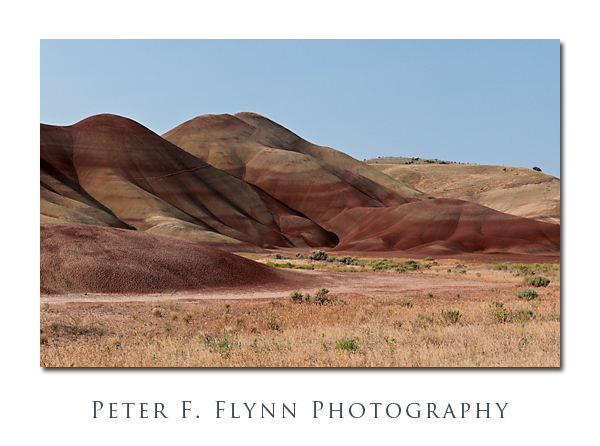
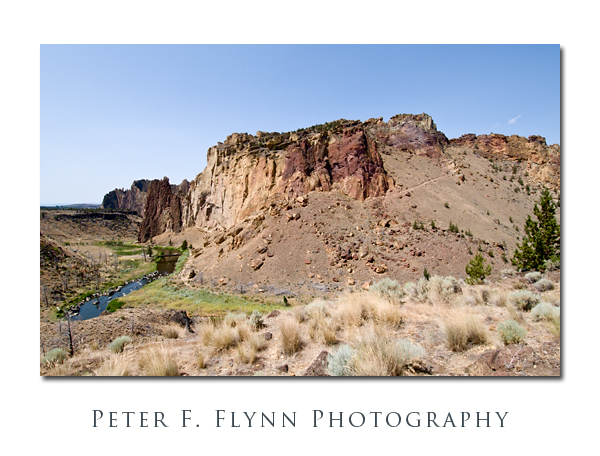
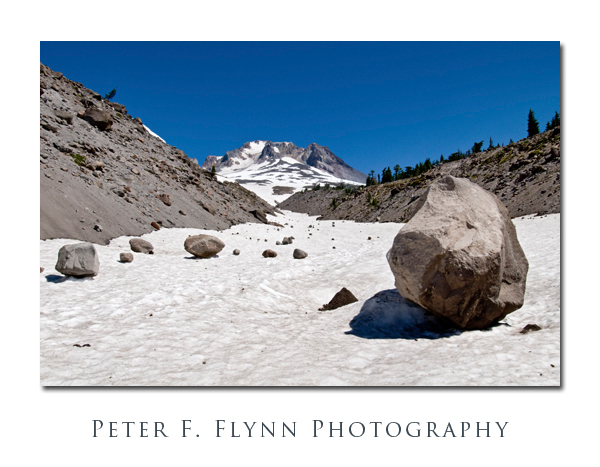
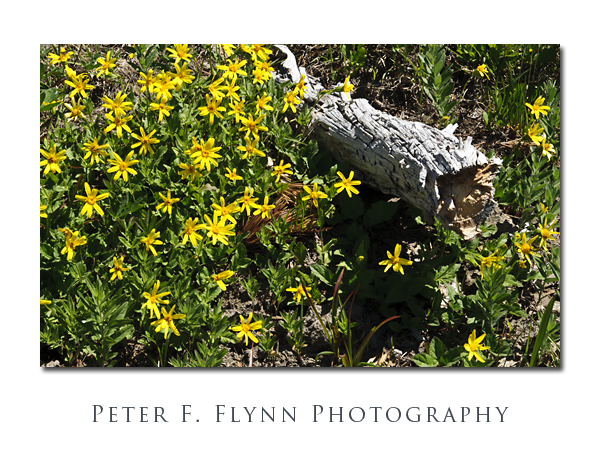 The image above, of a bed of
The image above, of a bed of 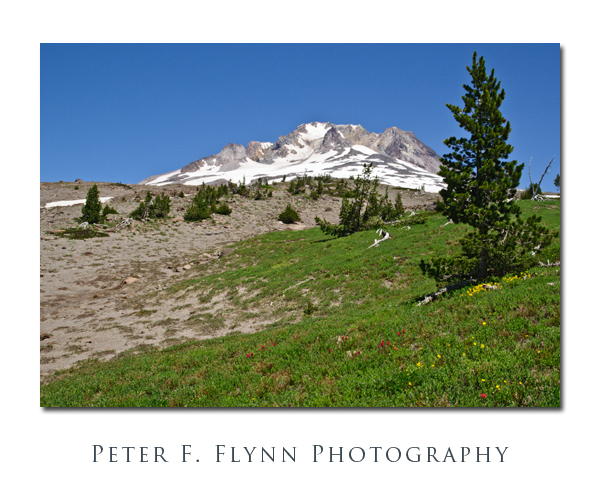 The image above, of a small meadow, was recorded at 14:00 PST using the Nikon D300 and the AF-S DX NIKKOR 16-85mm f/3.5-5.6G ED VR at 26mm. The exposure was f/16 at 1/160s, ISO 200. The shot was made hand-held, ’cause I didn’t think I would be able to do much with the image given the time of day.
The image above, of a small meadow, was recorded at 14:00 PST using the Nikon D300 and the AF-S DX NIKKOR 16-85mm f/3.5-5.6G ED VR at 26mm. The exposure was f/16 at 1/160s, ISO 200. The shot was made hand-held, ’cause I didn’t think I would be able to do much with the image given the time of day.